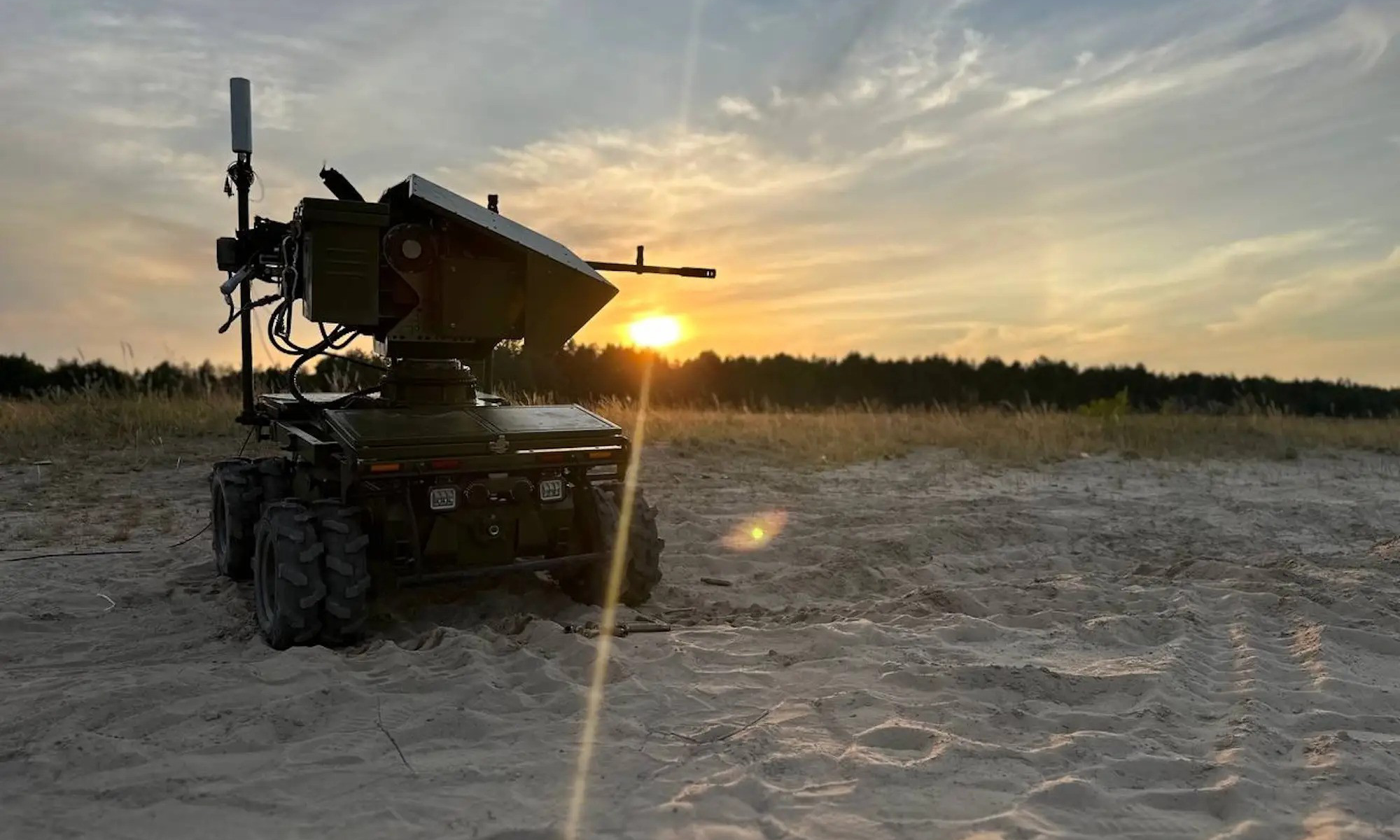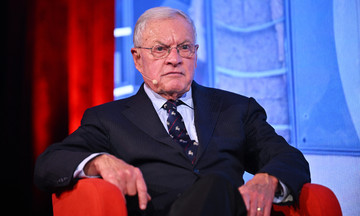Oleksandr Yabchanka, commander of the unmanned ground vehicle (drone) unit of Ukraine's 108th Separate Mechanized Brigade, revealed last week that his unit doesn't rely on specialized drones. Instead, they adapt and assemble them based on the specific needs of each mission.
The brigade's basic drone model can be fitted with a personnel carrier for medical evacuations. For offensive operations against Russian positions, it can be equipped with explosives, transforming it into a mobile bomb. These modifications are done right on the battlefield.
"It's like assembling a Lego army," Yabchanka explained.
 |
The D-21 drone in a photo released in 1/2024. Photo: X/Mykhailo Fedorov |
The D-21 drone in a photo released in 1/2024. Photo: X/Mykhailo Fedorov
This adaptability is a significant advantage for Ukrainian forces. In the current conflict, where tactics and technology are constantly evolving, flexibility is key to gaining an edge.
Vadym Yunyk, CEO of the Ukrainian company FRDM, highlighted the adaptability of their D-21 logistics drone. Primarily used for transporting ammunition and evacuating wounded soldiers, the D-21 can also be equipped with weapons when necessary.
Responding to frontline demands, FRDM has introduced the upgraded D-21-12R, which features a combat module, enabling it to fire while moving between positions. The company is also exploring ways to equip the drone with grenade launchers.
"This opens up even more flexible applications for the D-21 and D-21-12R. We’re not just providing a specific product, but a tool that can be adapted to the realities of the battlefield," Yunyk said.
The THeMIS, produced by Estonia-based Milrem Robotics and currently in use by the Ukrainian military, is also described as an "advanced multi-mission platform capable of performing a variety of tasks".
Milrem Robotics emphasizes the modular design of the THeMIS, allowing users to customize it for intelligence gathering, mine clearing, and troop transport. It can also be fitted with various weapons depending on the mission and available arsenal.
Kuldar Vaarsi, founder and CEO of Milrem Robotics, noted that Ukrainian soldiers are using the technology in unexpected ways. "Ukrainian soldiers are very innovative and have found very simple methods to get the most out of this equipment," he commented, without elaborating.
The Wall-E anti-drone robot in a video posted in 6/2024. Video: RIA Novosti
While ground drones aren't new to warfare, their scale of deployment, variety, and the number of companies involved in their production are notable aspects of the conflict in Ukraine.
Affordable, easy to produce, and highly effective, drones are vital for Ukraine to offset Russia's advantage in troop numbers and defense resources.
Russia is also investing heavily in drone technology. Last year, Russian media reported the development of the Wall-E, a ground drone equipped with electronic warfare systems to disable enemy unmanned aerial vehicles within a 250-300 m range.
Both sides are actively researching and implementing new technologies, including AI, to enhance drone automation and lethality.
Yabchanka emphasized the crucial role of Ukrainian soldiers in providing real-time feedback from the front lines. They often modify and upgrade the ground robots while video-calling manufacturers, both for direct support and to communicate their current needs.
In April, a Ukrainian unmanned aerial vehicle operator revealed similar practices, using text messages and video calls to give manufacturers immediate feedback.
Yunyk confirmed that FRDM products are continually updated based on information from the battlefield, including how soldiers are using them.
 |
The THeMIS drone in a photo released in 2022. Photo: Business Wire |
The THeMIS drone in a photo released in 2022. Photo: Business Wire
"Product lifecycles in this war are incredibly short. What worked a month ago may be obsolete now. Developers can’t stick with old designs," Yunyk stated.
If a company spends two years developing a product, it's likely to be outdated before it's even finished. "The new reality is that the one who adapts faster wins, not the one who plans longer," the FRDM CEO added.
Pham Giang (According to Business Insider)












